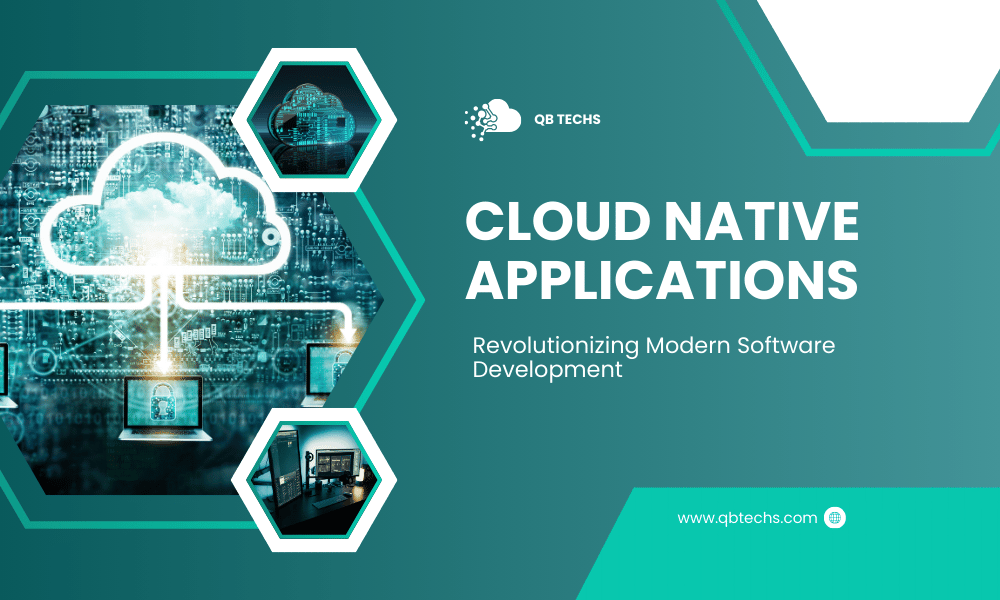The tech world thrives on evolution, and few developments have transformed software creation more fundamentally than cloud native applications. These applications represent a significant shift from traditional software development, embracing the cloud not merely as a hosting environment but as an integral part of their design philosophy. Understanding cloud native applications has become essential for organizations seeking to remain competitive in an increasingly digital marketplace.
What Makes Applications Truly Cloud Native?
Cloud native applications differ from applications that simply run in the cloud. While many legacy applications have been migrated to cloud environments, truly cloud native applications are specifically designed to capitalize on cloud capabilities from their inception. They leverage microservices architecture, containerization, and dynamic orchestration to create systems that are resilient, manageable, and observable.
At their core, cloud native applications embrace a set of key principles. They utilize containerization technologies like Docker to package software and its dependencies into standardized units. These containers run consistently across different environments, eliminating the “it works on my machine” problem that has plagued developers for decades. Kubernetes and similar orchestration platforms then manage these containers, handling deployment, scaling, and failover without manual intervention.
Microservices architecture represents another fundamental aspect of cloud native design. Rather than building monolithic applications where all functionality exists in a single codebase, cloud native applications break functionality into smaller, independent services. Each service performs a specific function and communicates with other services through well-defined APIs. This approach allows teams to develop, deploy, and scale services independently, accelerating development cycles and improving system resilience.
The Business Advantages Driving Adoption
Organizations increasingly turn to cloud native applications for compelling business reasons. The agility gained through this approach allows companies to bring new features to market faster and respond more quickly to changing market conditions. When Netflix transformed its monolithic DVD rental platform into a cloud native streaming service, the company gained the ability to deploy thousands of updates daily without disrupting service.
Scalability provides another significant advantage. Cloud native applications can automatically scale up during peak demand periods and scale down during quieter times, ensuring optimal resource utilization and cost efficiency. This elasticity proves particularly valuable for businesses with fluctuating workloads or seasonal demand patterns.
Reliability improves dramatically with cloud native architectures. The distributed nature of these applications means they can continue functioning even when individual components fail. Automated health checks, self-healing capabilities, and redundancy across multiple zones or regions create systems that maintain availability despite infrastructure issues that would cripple traditional applications.
Cost optimization also drives cloud native adoption. The ability to precisely allocate resources where and when needed, combined with a pay-for-what-you-use model, helps organizations control infrastructure costs more effectively than possible with traditional data centers or even with simple “lift and shift” cloud migrations.
The Technical Foundation: Containers, Orchestration, and DevOps
Containerization technologies form the bedrock of cloud native applications. Containers provide a lightweight, consistent runtime environment that includes everything needed to run an application, from code and runtime to system tools and libraries. This consistency across development, testing, and production environments streamlines the software delivery pipeline and reduces environment-related bugs.
Container orchestration platforms like Kubernetes have become synonymous with cloud native computing. These systems automate container deployment, networking, scaling, and management across clusters of hosts. By abstracting away infrastructure complexities, orchestration allows developers to focus on application logic rather than operational details.
DevOps practices and culture complement these technologies by breaking down traditional barriers between development and operations teams. Continuous integration and continuous delivery (CI/CD) pipelines automate testing and deployment processes, enabling frequent, reliable software releases. Infrastructure as Code (IaC) treats infrastructure configuration as software, allowing version control, automated testing, and reproducible deployments.
Real-World Transformation Stories
Financial services giant Capital One embraced cloud native principles to transform its legacy banking systems. By adopting microservices architecture and containerization, the company reduced application deployment time from months to days while improving system reliability and security. This transformation allowed Capital One to deliver new features faster while maintaining the stability essential for financial services.
Similar success stories span industries from retail to healthcare. Retail leader Walmart built a cloud native platform that handles millions of transactions daily across its e-commerce operations. The platform’s ability to scale automatically during high-traffic events like Black Friday prevents the outages that plagued earlier systems, directly protecting revenue and customer experience.
Challenges in the Cloud Native Journey
Despite its benefits, the cloud native approach brings challenges. The distributed nature of these applications increases system complexity, requiring new monitoring and debugging approaches. Troubleshooting issues across dozens or hundreds of microservices demands sophisticated observability solutions that provide insights into system behavior and performance.
Security concerns also evolve in cloud native environments. The expanded attack surface created by numerous microservices and APIs requires comprehensive security strategies. Organizations must implement strong authentication, network policies, and vulnerability management across their entire application ecosystem.
Finding talent with cloud native skills presents another obstacle. The demand for developers, architects, and operations professionals familiar with containers, Kubernetes, and microservices architecture far exceeds supply in many regions, creating a competitive hiring landscape.
Looking Ahead: The Future of Cloud Native
The cloud native landscape continues to evolve rapidly. Serverless computing extends the cloud native paradigm by further abstracting infrastructure, allowing developers to focus exclusively on code while cloud providers handle all operational aspects. Service mesh technologies like Istio and Linkerd address microservices communication challenges, providing uniform visibility, security, and control across distributed applications.
Edge computing represents another frontier for cloud native applications. As processing moves closer to data sources and users, cloud native principles help manage distributed applications that span from cloud data centers to edge locations and IoT devices.
Machine learning operations (MLOps) increasingly adopt cloud native approaches to streamline AI model development and deployment. Containerization and orchestration help data scientists create reproducible environments for training and serving models, while CI/CD pipelines automate the model lifecycle.
Organizations embracing cloud native applications gain powerful tools for digital transformation. By combining technological advantages with organizational changes, companies can build systems that deliver better customer experiences while adapting quickly to market changes. As cloud computing continues its growth trajectory, cloud native applications will remain central to business strategy and technology innovation across industries.




Leave A Comment
You must be logged in to post a comment.